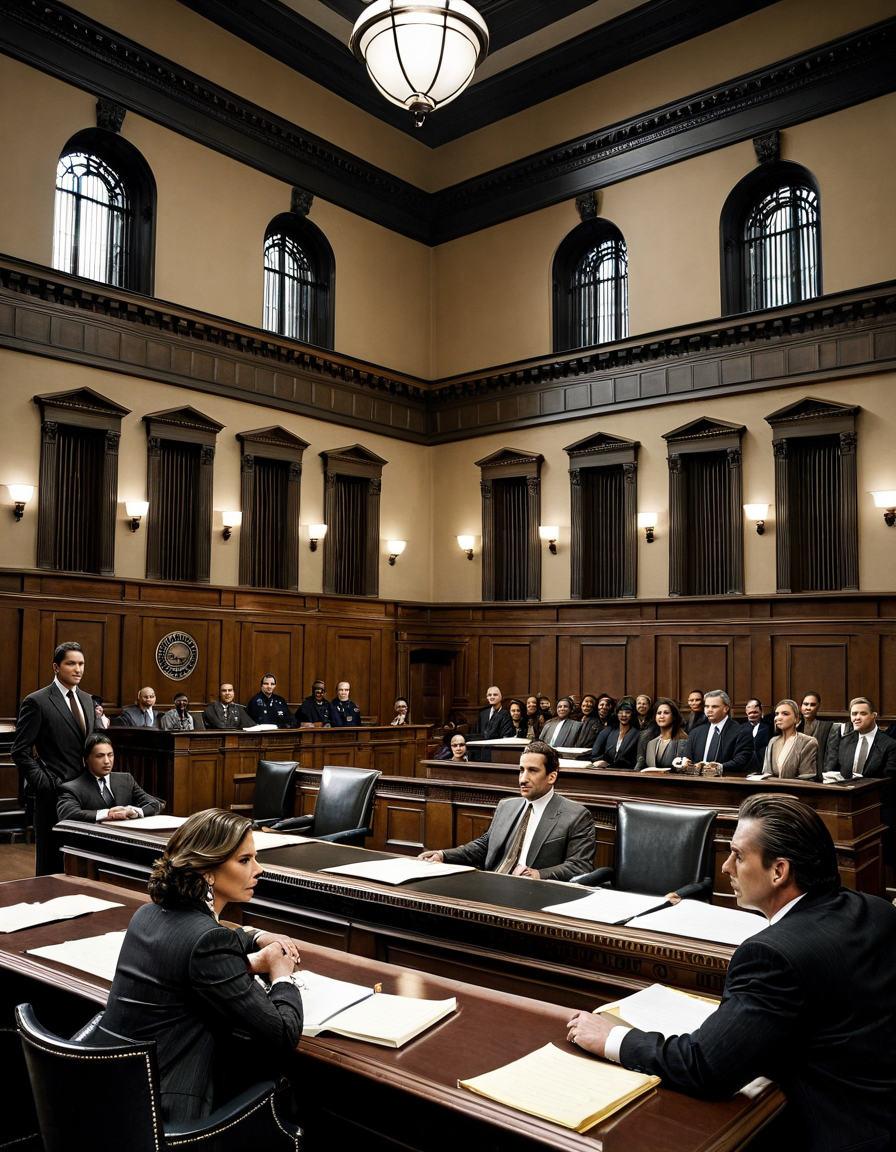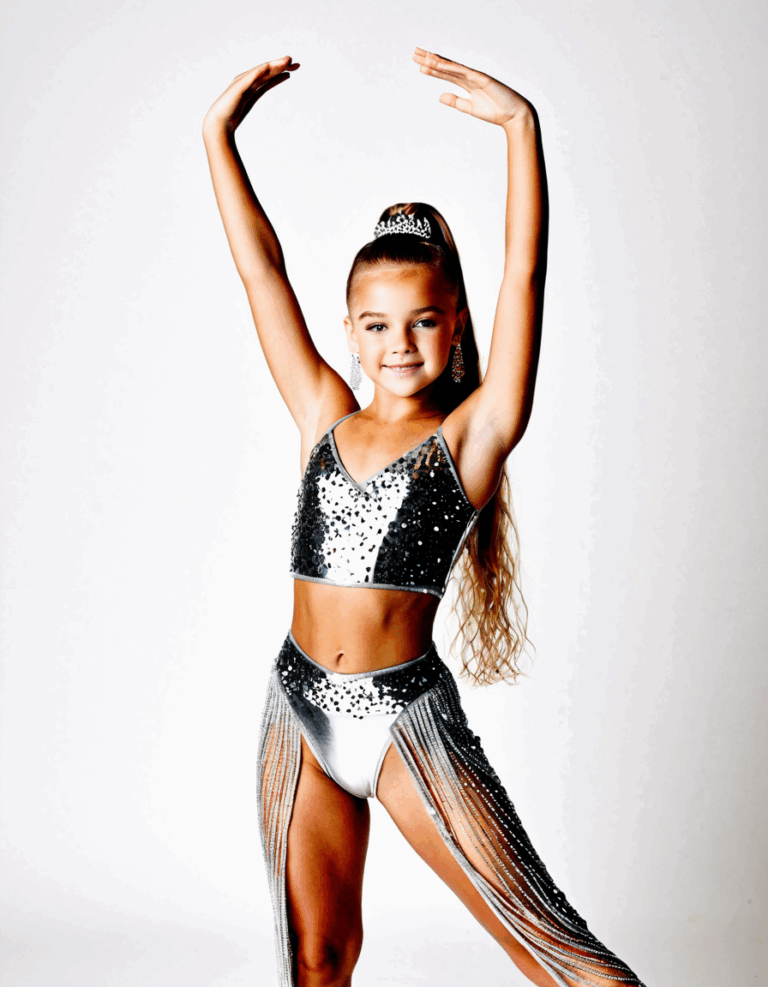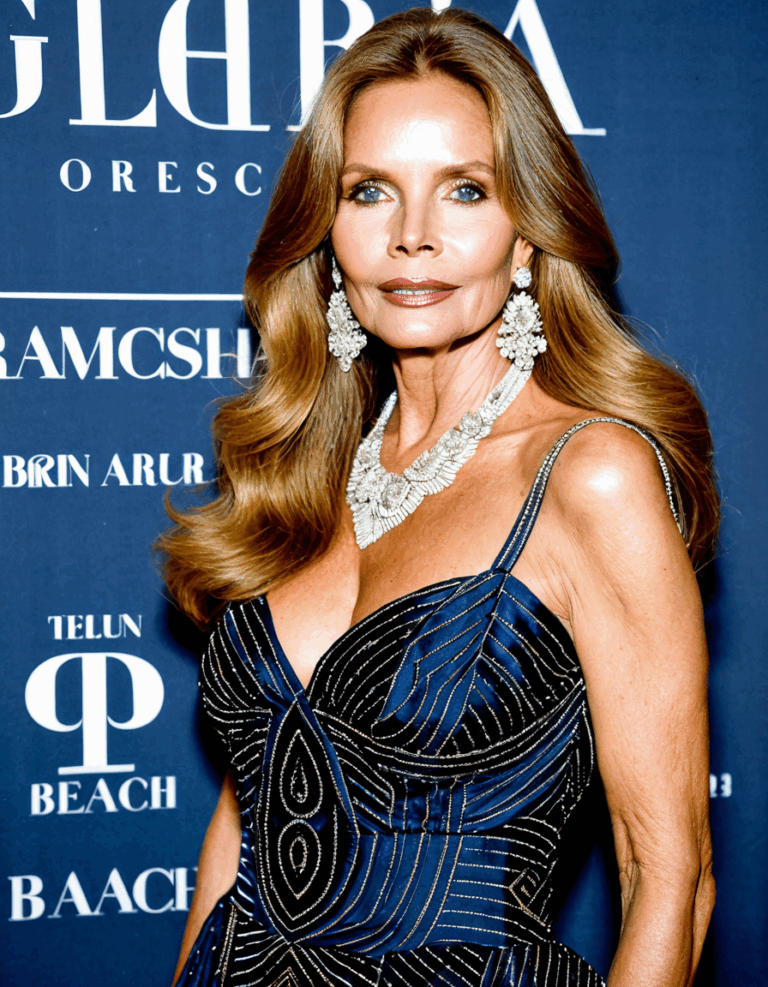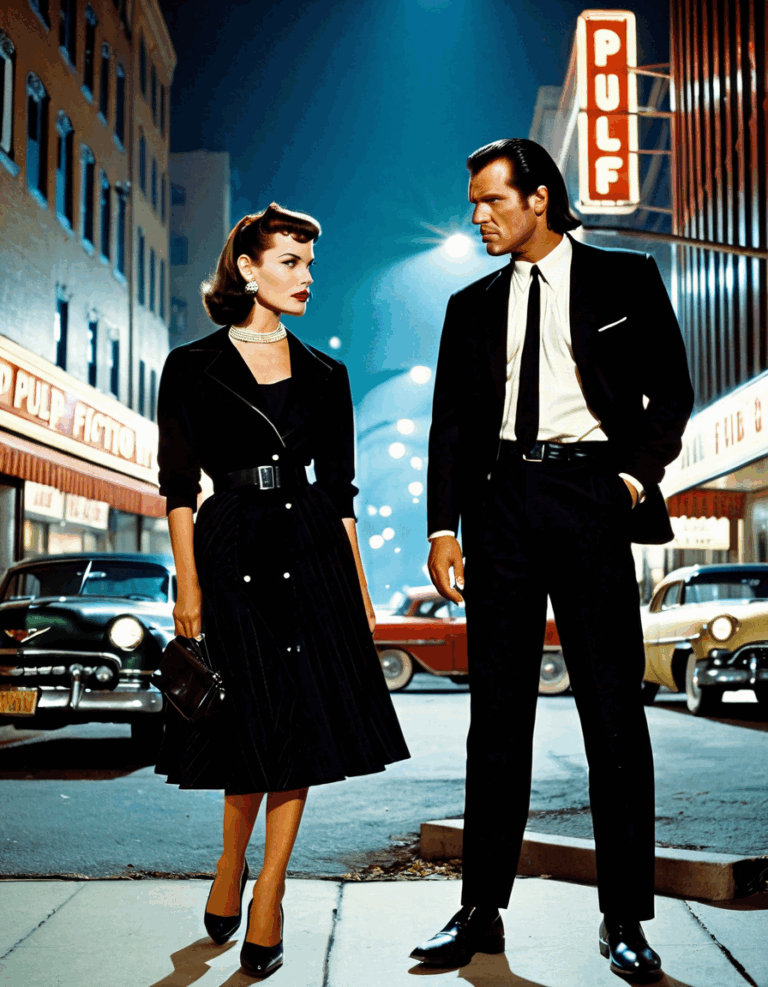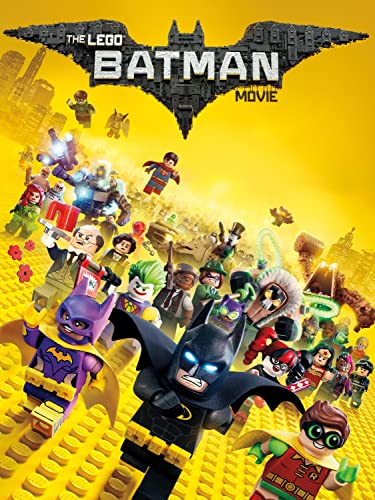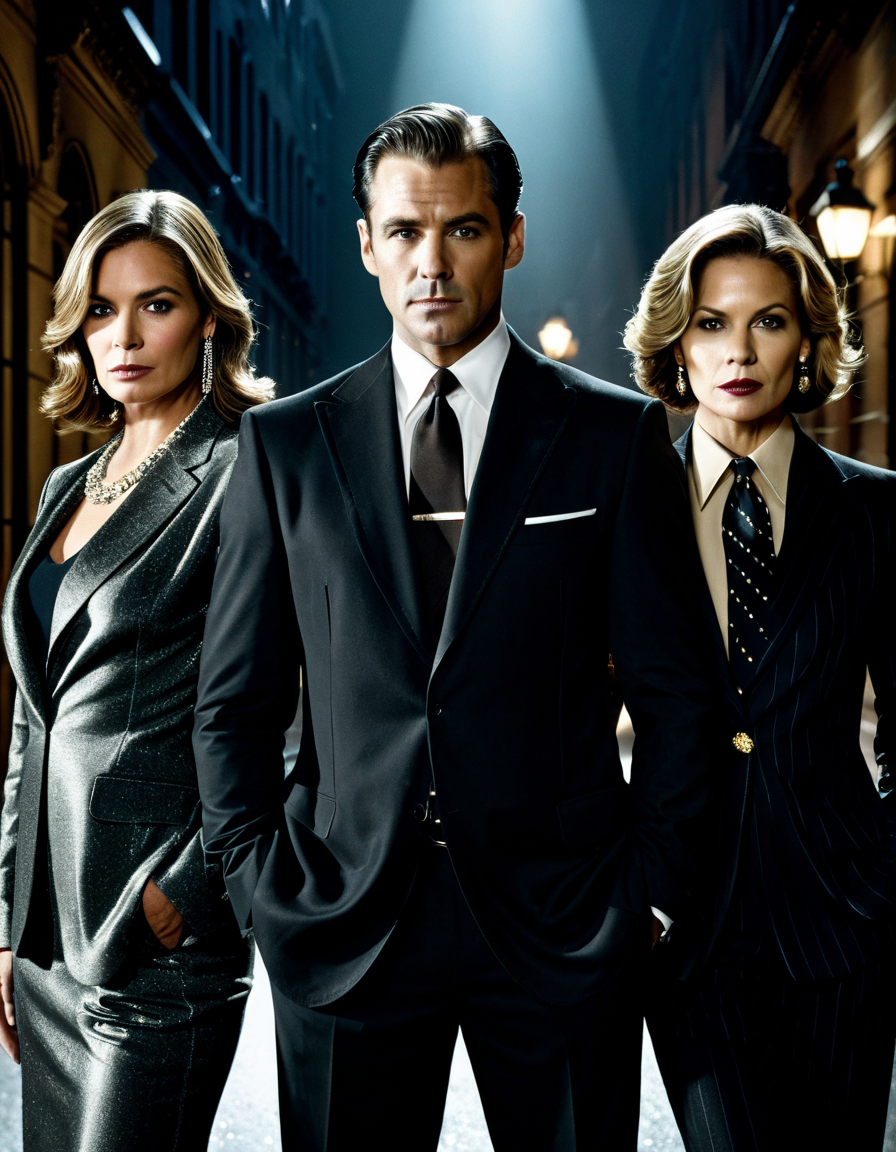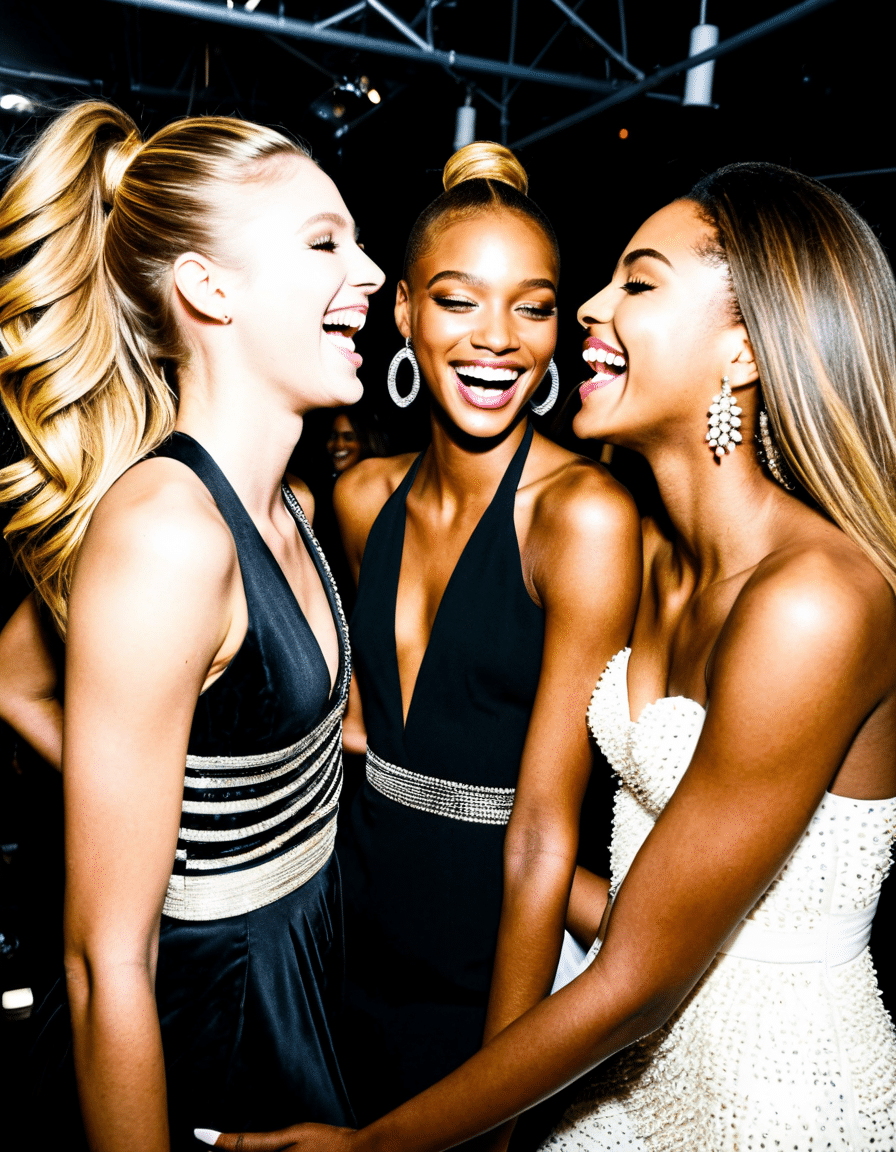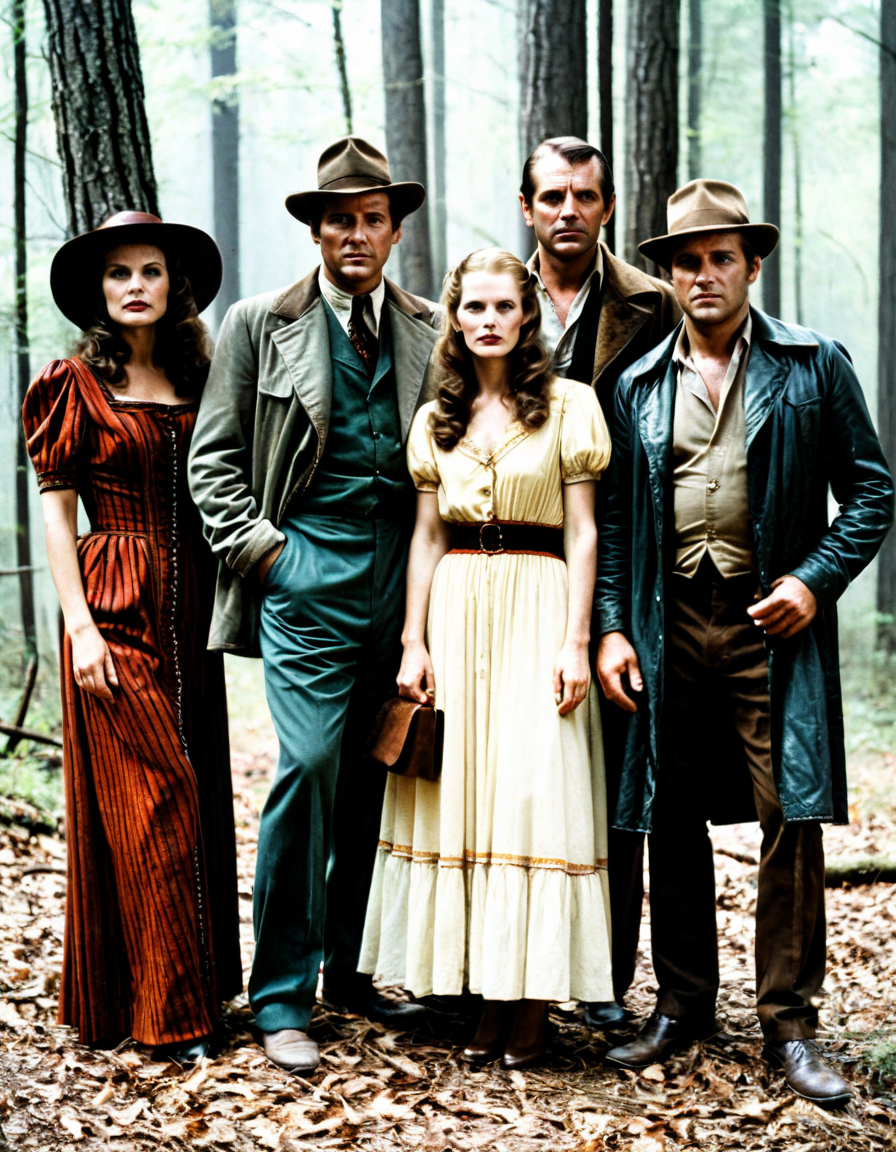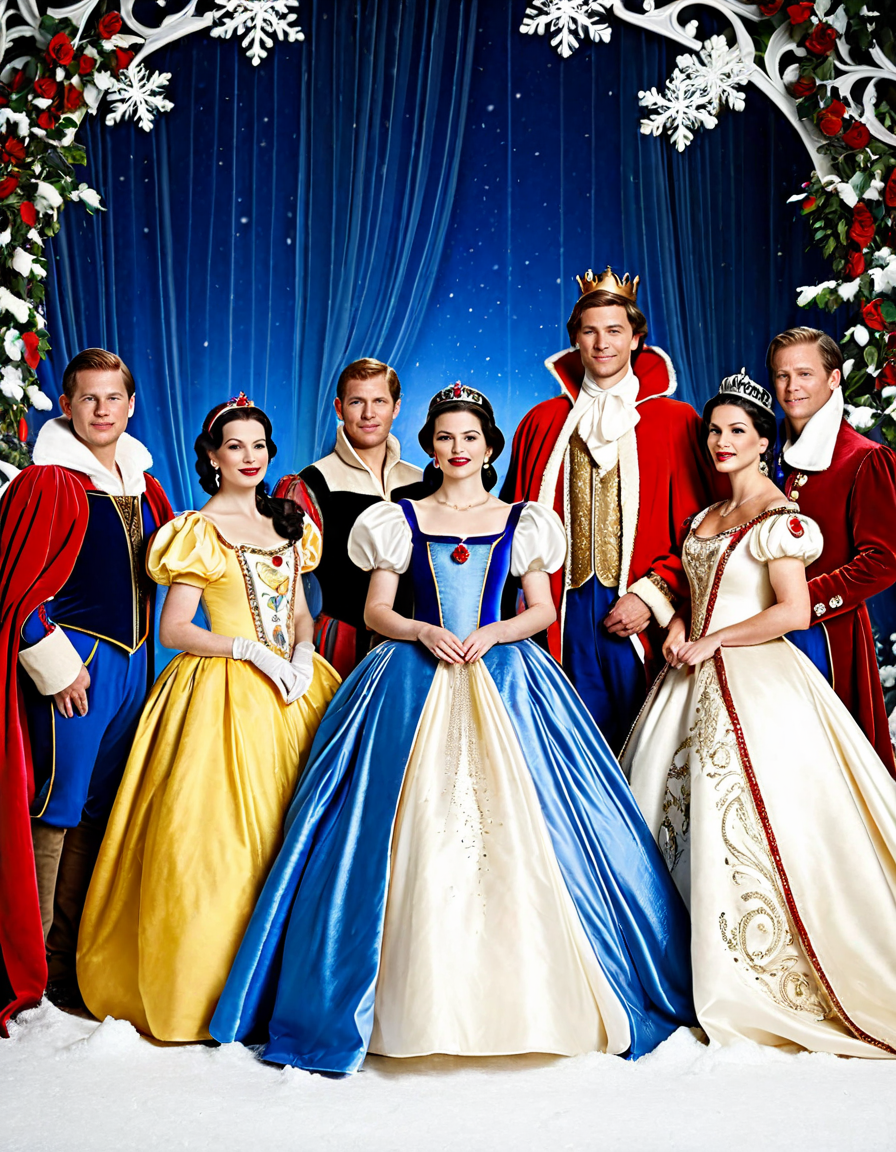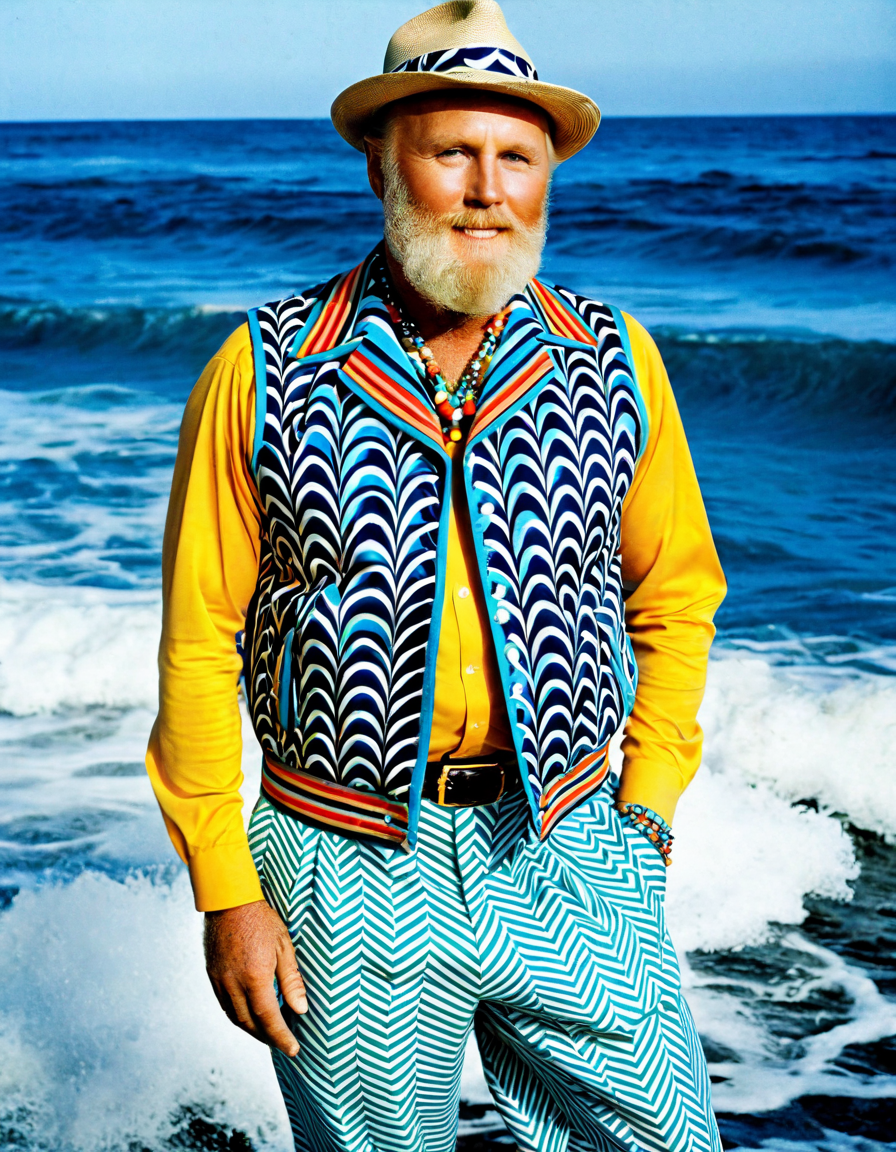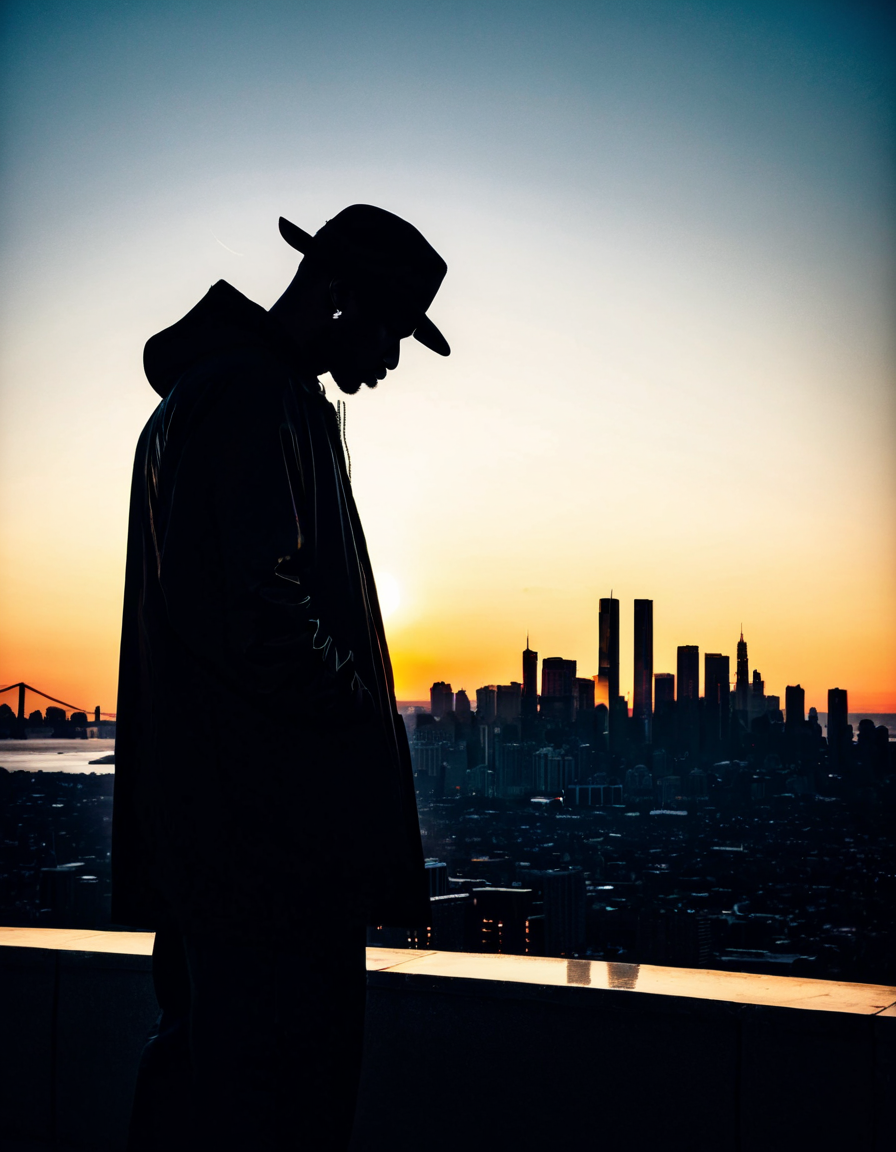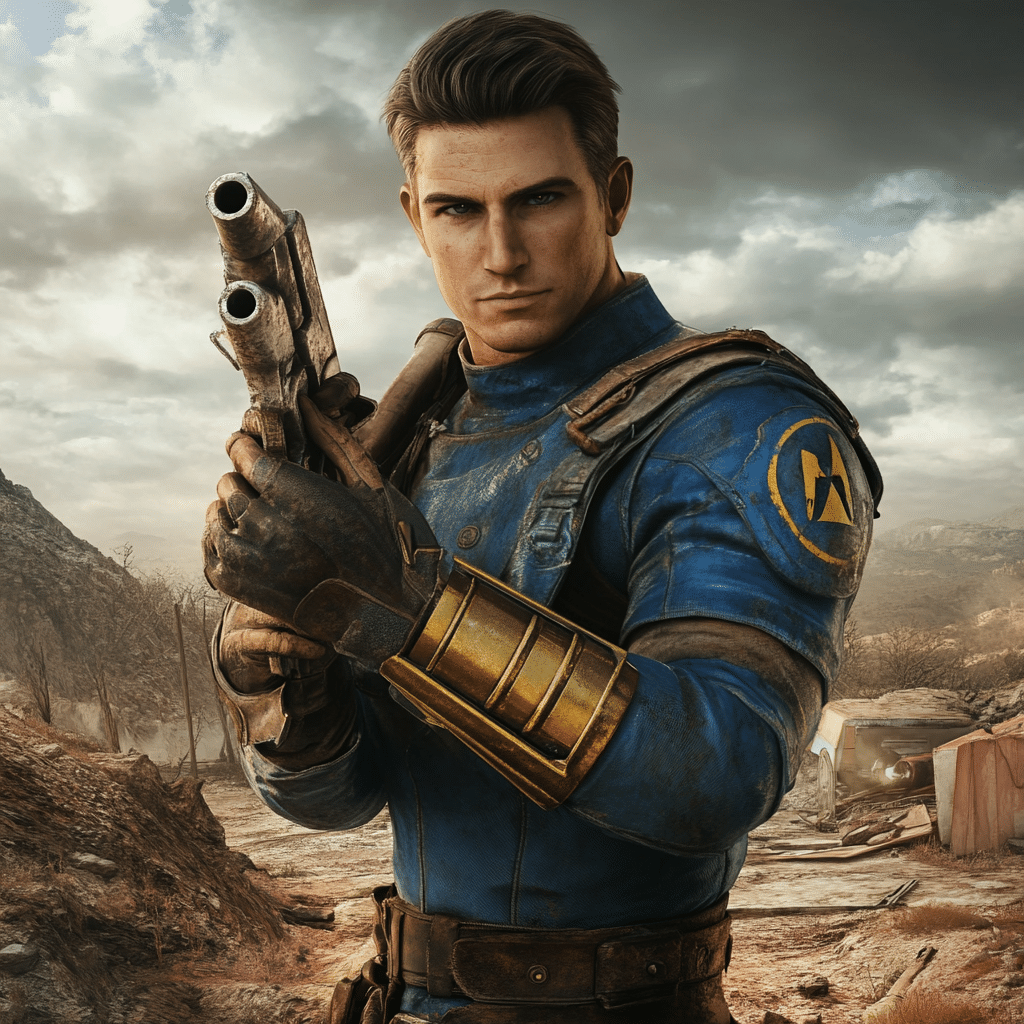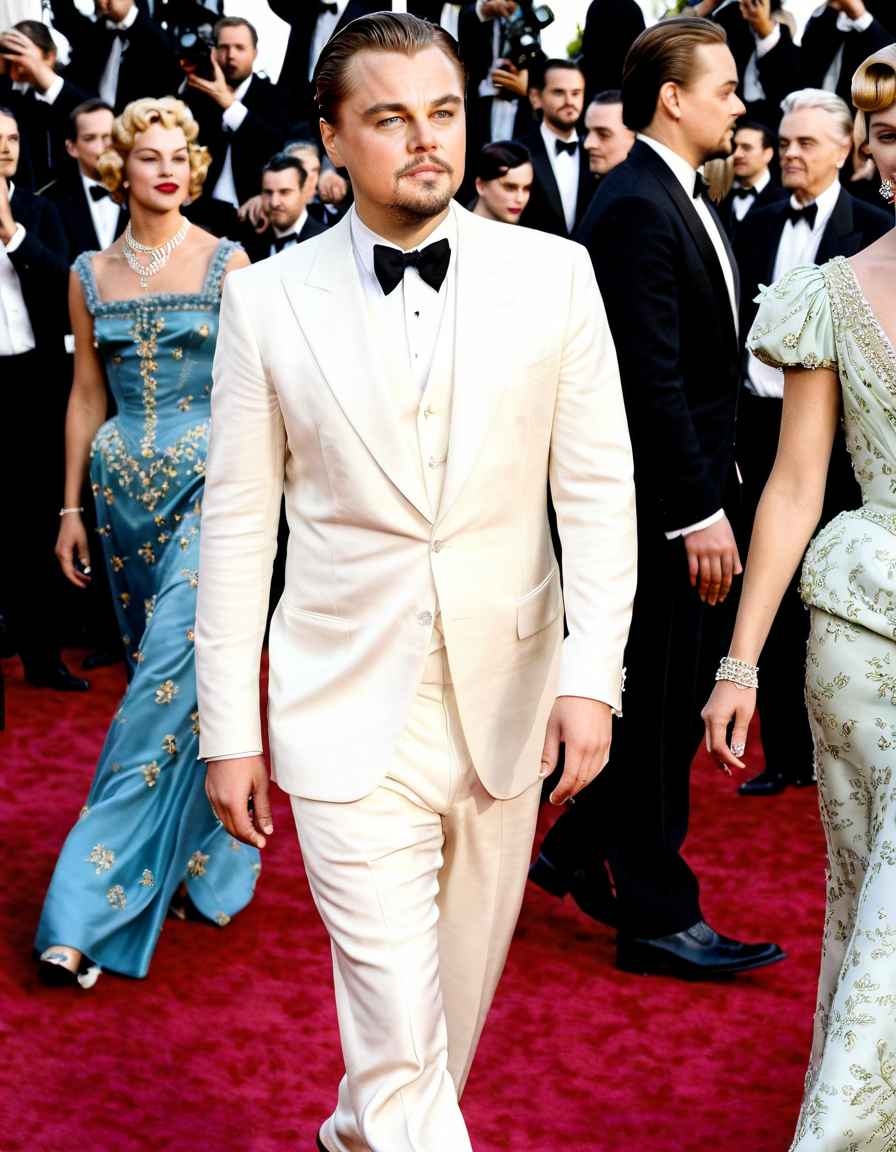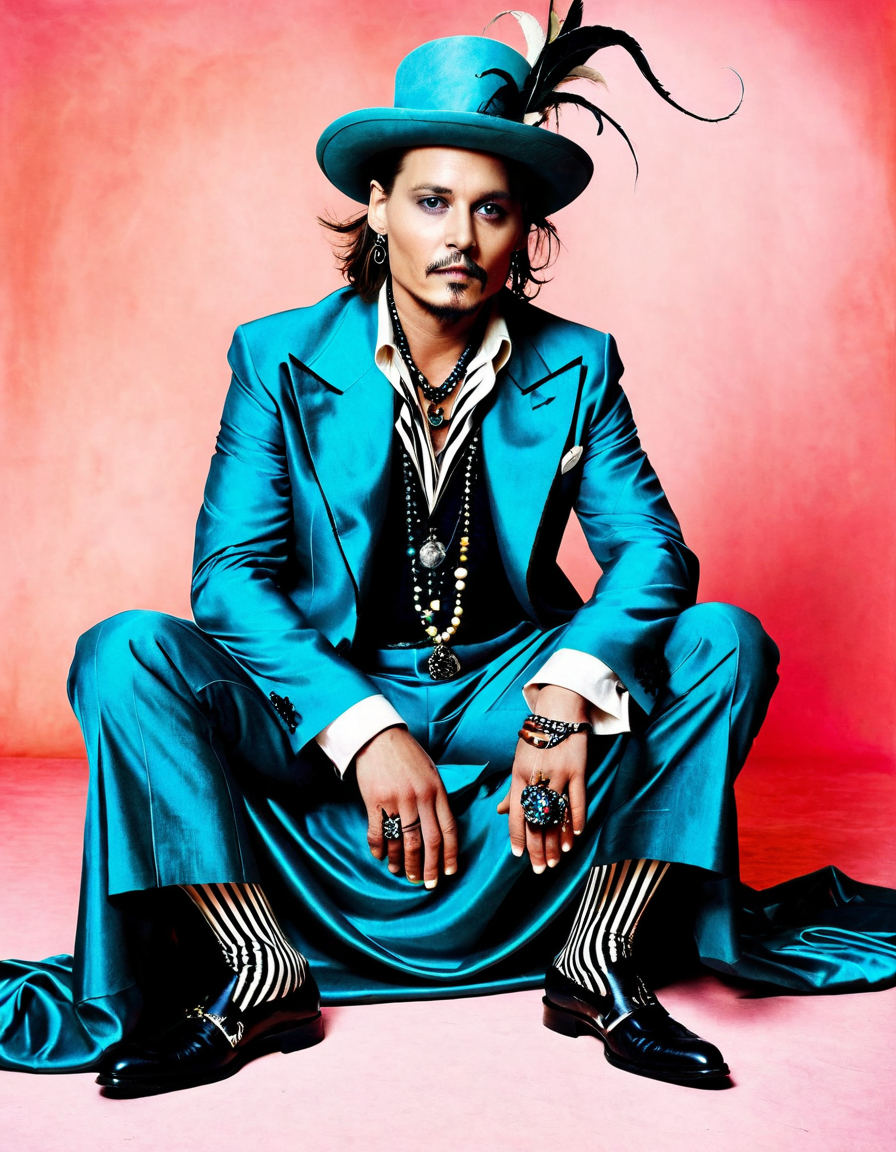Ah, Law & Order—a titan of American television that’s woven itself into the very fabric of our cultural landscape. Over the decades, it has not only entertained but also sparked significant conversations about crime, justice, and morality. With its gripping storytelling and unforgettable characters, this franchise has become synonymous with the crime drama genre. Let’s dig into the top 7 secrets behind the astonishing success of Law & Order, shall we?
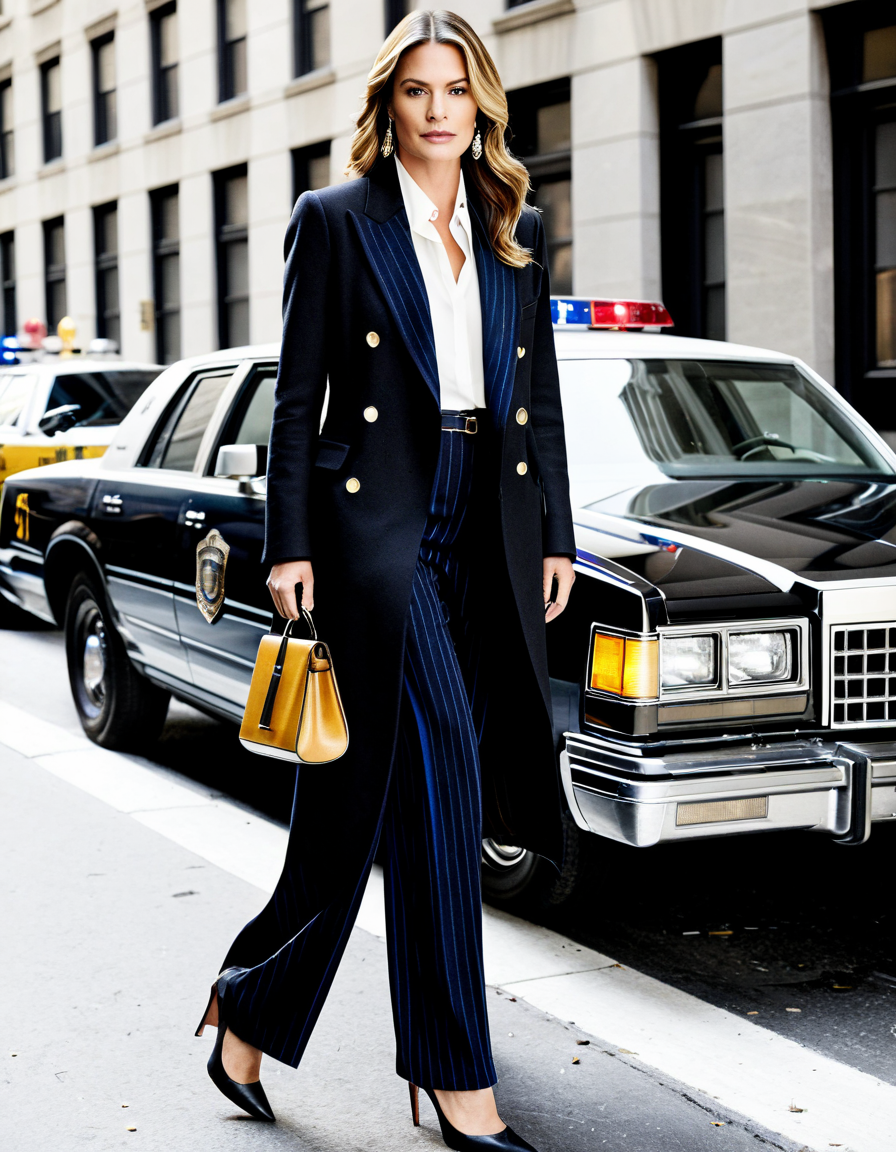
The Top 7 Secrets Behind the Success of ‘Law & Order’
1. Authenticity in Storytelling
There’s a reason folks can’t tear their eyes away from Law & Order. It boasts a commitment to storytelling that feels real. Writers, like the enshrined Dick Wolf, don’t just pull plot points out of thin air; they consult with legal experts and law enforcement to ensure each episode echoes the pulse of society. Take, for instance, episodes that pull directly from high-profile cases, like the O.J. Simpson trial, bringing a sense of urgency that makes it all too relatable.
2. Cultural Reflection and Commentary
Law & Order is unflinching in its approach to contemporary social issues. Episodes frequently delve into racism, domestic violence, and political corruption, making the show a mirror reflecting today’s societal challenges. This is more than just drama; it serves as a catalyst for conversations, igniting debates that inspire viewers to think critically. It’s a gallery of stories challenging the status quo—who wouldn’t want to dissect themes that echo in our lives?
3. Character Development and Dynamic Chemistry
You can’t talk about Law & Order without mentioning its unforgettable characters. Detective Olivia Benson (played by the indomitable Mariska Hargitay) and Attorney Jack McCoy (the charming Sam Waterston) are much more than mere figures on a screen. Their emotional journeys resonate deeply with viewers, cultivating a sense of loyalty. Relationships evolve and partnerships like that of Benson and Stabler keep the narrative intriguing. Who doesn’t crave the thrill of watching a relationship blossom amidst chaos and crime?
4. Innovative Formats and Spin-offs
Talk about expanding horizons! The franchise’s ability to branch out with spin-offs, such as Law & Order: Special Victims Unit and Law & Order: Organized Crime, has garnered a diverse audience. These extensions not only explore nuanced aspects of law enforcement but also allow for storytelling that captures varying themes—from the harrowing realm of sexual crimes to the gritty underbelly of organized crime. Keeping things fresh is key to staying relevant, and boy, does this franchise deliver!
5. Engagement with Technology
Our world is digital—and so is crime! Law & Order adeptly incorporates technology into its narrative. By portraying modern investigative methods, such as DNA evidence and cybersecurity, the show remains anchored in the current landscape. This casts a spotlight on how contemporary law enforcement operates, connecting the audience to what’s happening in real life while dramatizing it beautifully.
6. Impactful Guest Appearances
Let’s sprinkle in a little star power! Law & Order is renowned for its surprise guest stars—from the comedic genius of Robin Williams to the extraordinary talent of Marcia Gay Harden. These appearances not only spice up storylines but also attract viewers who might typically pass on the show. Is there anything quite like the thrill of seeing a familiar face—or should I say, a face who’s starred in another iconic series like Mad Men?
7. Crossover Events with Continuity
Crossover events are one of the franchise’s not-so-secret weapons. By linking with other shows within its universe, such as Chicago P.D., Law & Order creates buzz and nurtures viewer engagement across multiple series. This strategy cultivates die-hard fans and elevates ratings while making each crossover feel like an event worth tuning in for. It’s all about delivering that anticipation and ensuring viewers never want to miss a moment.
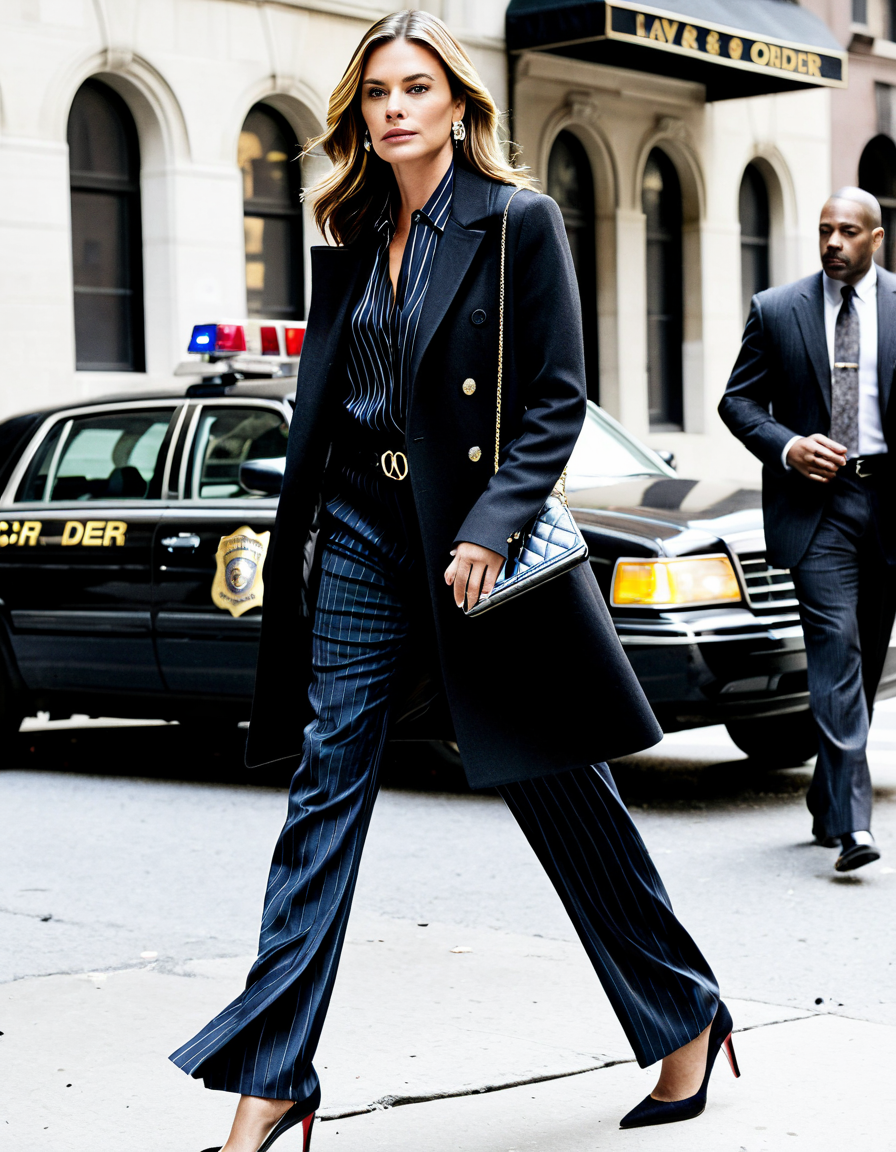
Homicide: Life on the Street Influence on Law & Order
To really grasp the gravity of Law & Order, we must look back at its formative influences, particularly Homicide: Life on the Street. This gritty drama set the stage for what crime series could achieve.
Realism and Grit
Homicide was nothing if not raw—its portrayal of policing honed a standard for authenticity that Law & Order has proudly adopted. By focusing on character-driven storytelling, it fostered an emotional connection that continues to shape narrative approaches even today. Who would have thought a little grit could yield such profound storytelling?
Episodic Structure
Both shows elegantly utilize an episodic format, presenting self-contained stories that challenge societal norms and individual morality. This allows for varied storytelling while maintaining a consistent connection to the theme at hand. The format keeps every episode fresh while enabling the exploration of complex issues, ensuring that audiences never tune out.
Character Archetypes
Characters are the beating heart of any series, right? Homicide introduced complex character archetypes that paved the way for the nuanced portrayals we see in Law & Order. Detectives like Frank Pembleton influenced the chemistry between pairs like Benson and Stabler, creating dynamics that fans can root for.
The Ongoing Legacy of Law & Order
As we gaze into 2026, the lasting impact of Law & Order is undeniably profound. The franchise continues to tackle relevant issues while developing characters that resonate on multiple levels. By merging authenticity with compelling narratives, it remains at the forefront of societal conversations.
In a landscape where many crime dramas seem to tread the same path, Law & Order stands out like a newly tailored gown at Fashion Week. It strikes a chord with audiences by fearlessly confronting the blurred lines of justice, morality, and societal complexities. In every twist and turn, it weaves a narrative that continues to inspire and provoke thought, reinforcing the potent role storytelling plays in shaping public consciousness.
So, whether you’re a die-hard fan or someone seeking to understand its cultural significance, there’s an undeniable richness to be found in Law & Order. Just like a timeless fashion statement, its narratives refuse to fade, leaving us eager for what comes next, much like the anticipation surrounding the next big trend. Check out our very own Lauren Collins for perspectives that help illuminate this complexity and more on what really makes us tick in today’s fast-paced media environment.
Isn’t it exciting to think about the future of Law & Order? After all, a classic never goes out of style.
Law & Order: Secrets Behind the Iconic Crime Drama
Facts You Didn’t Know
“Law & Order” has been a staple of TV drama since it first aired in 1990. One fascinating tidbit? The show inspired a slew of spin-offs, including “Law & Order: SVU” and “Law & Order: Criminal Intent,” captivating audiences with gritty storylines and unforgettable characters. Speaking of captivating, did you know that John Cena’s age is a fascinating topic among fans? His charisma once approached the intensity of some Law & Order episodes, demonstrating how versatile talent can transcend genres.
Transitioning into the impact of the series, it’s worth noting how “Law & Order” has influenced countless filmmakers. Quentin Tarantino, the mastermind behind classics like Pulp Fiction, often referenced the show’s formula of intertwining legal and police drama elements. This influence is no small thing; it shows how “Law & Order” helped shape narratives in contemporary cinema, which, let’s face it, has created a ripple effect in storytelling across mediums. For those with a keen interest in gritty justice tales, the character of the Punisher emerged around similar themes, showcasing the nuances of crime and retribution.
Behind the Scenes Trivia
Now, let’s dig a bit deeper! The show not only features seasoned actors but also introduced roles for emerging stars. For instance, Rylee Arnold made her mark with a guest appearance that caught the eyes of many, establishing her as an up-and-coming talent. With so many notable characters throughout its run, it’s hard not to wonder about the casting choices that shaped “Law & Order. In one episode, Barbara Bach, known for her iconic roles in cinema, even made a guest appearance, further emphasizing the crossover between television and film.
Lastly, how often do we think about the technical crew behind the camera? The innovative approach of the crew often foreshadowed twists that keep viewers on the edge of their seats. Interestingly, many episodes conclude with elements that resonate after the credits roll, giving fans a sense of closure or a lingering sense of intrigue, much like how The End leaves viewers contemplating the broader themes of morality and justice. It’s this intricate dance of storytelling that continues to draw audiences back to the engaged world of “Law & Order, keeping the legacy alive through the decades.
